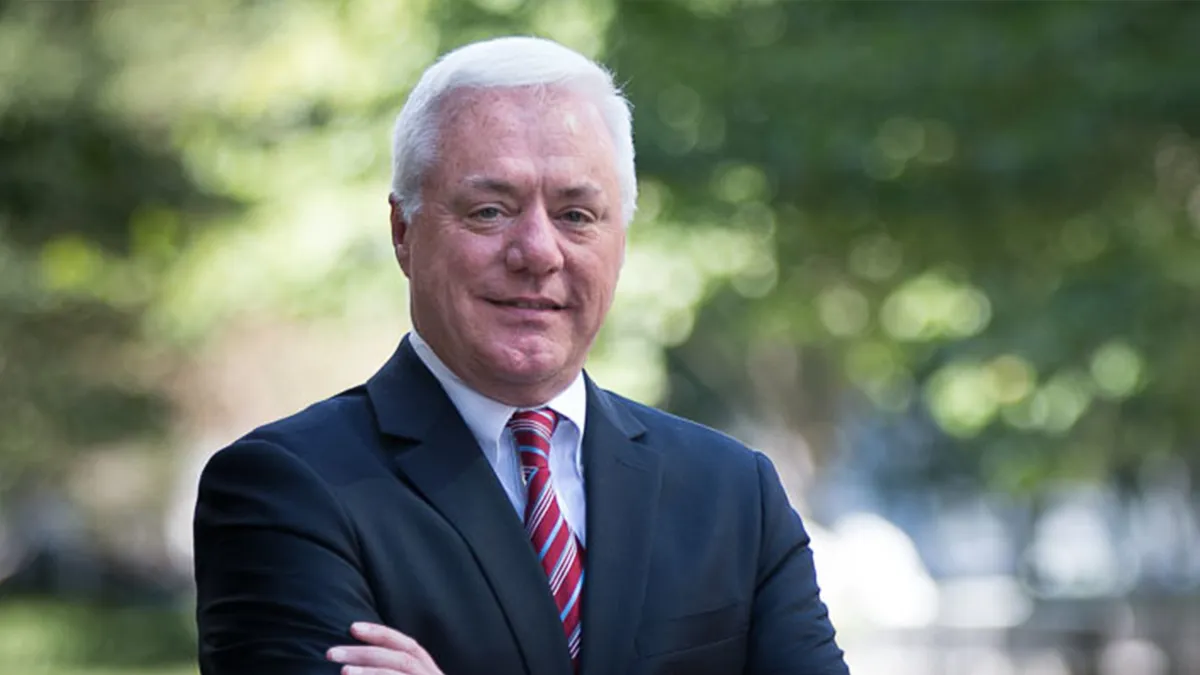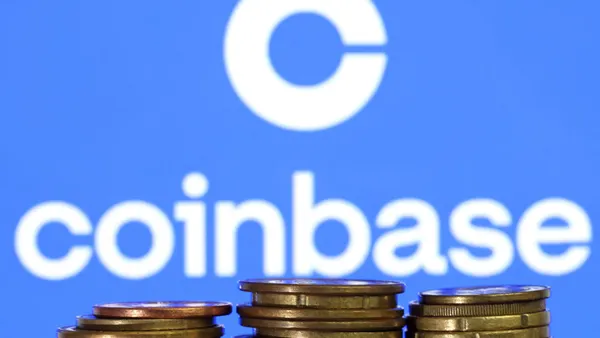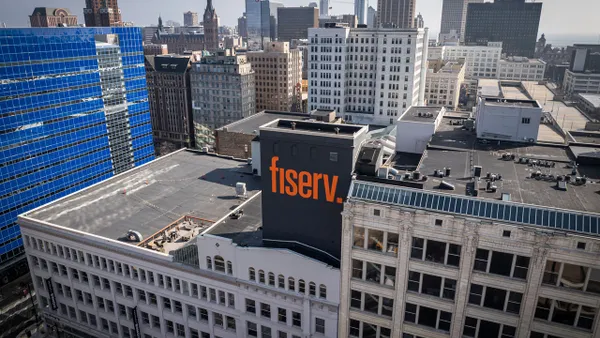Dive Brief:
- The first U.S. government instant payments system, called FedNow Service, aims to begin “technical testing” in September under its ongoing pilot program, the Federal Reserve said in a Monday press release.
- The central bank, which has had FedNow under development for several years, also put a finer point on the start date for the new service, saying it would launch as early as May 2023 and no later than July.
- "The benefits of instant payments are increasingly important to consumers and businesses, and the ability to provide this service will be critical for financial institutions to remain competitive," Ken Montgomery, Federal Reserve Bank of Boston first vice president, said in the release. Montgomery also serves as the FedNow Service program executive.
Dive Insight:
There have been about 120 companies and organizations participating in the FedNow pilot, according to the release. Kansas City Fed President Esther George, who was appointed executive sponsor of the program, has been overseeing FedNow.
A spokesperson for the Kansas City Fed didn’t immediately respond to a question about what is involved in the September testing phase.
Monday’s announcement comes shortly after Fed Governor Michelle Bowman said FedNow would be rolled out in mid-2023, giving more definition to a prior estimate that it would launch sometime next year.
The Fed banks have been amplifying their push to draw companies into the pilot program and to promote the coming real-time services launch. It’s all part of an effort to modernize the U.S. payments system. While payments currently can take days to clear, without transactions on weekends and holidays, real-time payments can happen in seconds, 365 days a year.
Real-time payments accounted for less than 1% of total transaction volume in the U.S. last year, according to a global study produced by payments processor ACI Worldwide and the Centre for Economic and Business Research.
China and emerging countries such as India and Brazil are racking up the benefits of real-time payments while Western nations, particularly the U.S., are missing out, according to ACI. The U.S. captured just $1.35 billion in macroeconomic benefits from real-time benefits last year while China netted $18.65 billion, the ACI study reported.
Fed officials suggest the U.S. system may be more resilient than other systems. “Our cloud-first design, unique among central bank instant payment services, positions us for the future by enabling not only the throughput and scalability required for high-volume retail transactions but also broad geographic points of resiliency to ensure continuous service,” Fed Vice Chair Lael Brainard said in a speech Monday.
The Fed embarked on creating a speedier payments system in 2015, forming the Faster Payments Task Force and having private industry players participate in the discussions, too. But progress on the public-sector system has been slow.
Banks sped ahead and formed their own instant payments system through The Clearing House, launching the RTP Network in 2017. Still, the adoption of RTP services by private businesses has been low, and smaller banks have been reluctant to work with the network created by their larger rivals.
Fed officials are conscious of the fact that the system will only be as effective as companies’ willingness to use it.
“We have been working hard to deliver on time, but ultimately the number of American businesses and households that are able to access instant payments will depend on financial services providers making the necessary investments to upgrade our payments infrastructure,” Brainard said Monday.













